NewFronts Preview: Tough Times May Be Good for Streaming Media
More viewers expected to lead to shift in ad dollars
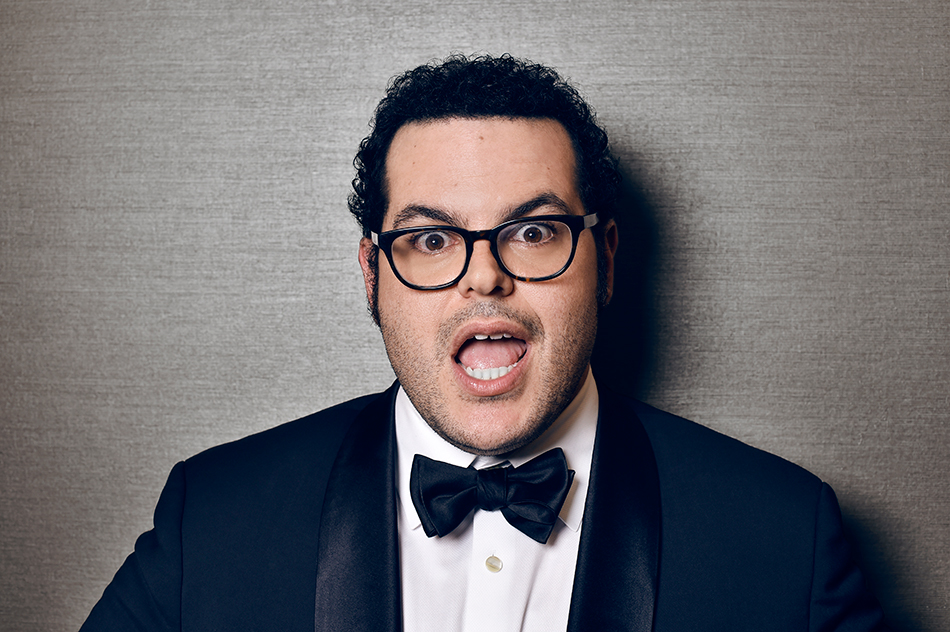
Amid a pandemic, the streaming video companies pitching at the NewFronts see over-the-top viewing spiking and advertisers more eager than ever to shift their dollars away from traditional TV, where audiences are shrinking.
That has the streamers saying this should be their big year. Media buyer Magna Global expects streaming TV to generate $5.3 billion in ad revenue in 2020, down 3% from last year but favorable compared to a 11% drop for total national TV. Next year, Magna expects streaming TV to register a 15% gain.
“We know cord-cutting is becoming more prevalent,” Brian Albert, managing director, U.S. agency video, for Google and YouTube, said. “We know young people are not reliably reached by TV anymore. However, TV investment strangely has not moved over roughly the past 10 years as these trends have started to accelerate. We believe that those tailwinds bode well for us as we head into this year’s upfront and beyond.”
Dan Robbins, VP of ad marketing and partner solutions at Roku, put it more bluntly. “The streaming decade has finally arrived. There’s really a demand from advertisers to right-size budgets and to lean into the streaming decade.”
In a normal year, the NewFronts take place before the broadcast networks make their big upfront presentations to Madison Avenue in early May. COVID-19 prevented live presentations. The TV networks have mostly completed their large-scale virtual upfront pitches, and now it will be the streamers’ turn with a week’s worth of NewFronts, via the Interactive Advertising Bureau trade group.
Media buyers will be tuning in.
“While we spend a lot of time with these partners, it is good to get overall business updates and guidance, and I also think it helps for the broader audiences to see the updates and level-set where partners are,” said Mike Law, president of Dentsu Aegis’ Amplifi media unit.
Broadcasting & Cable Newsletter
The smarter way to stay on top of broadcasting and cable industry. Sign up below
RELATED: IAB Says 8,500 Have Signed Up for NewFronts
Increasingly, video is video. “We are very fluid in terms of moving dollars,” Law said. “For us it is, where is the best place to spend the first, and subsequently, the next dollar that will drive reach and business outcomes for our clients, regardless of what screen that is? To the consumer, they very much see all of this as TV.”
In addition to disrupting presentations, the pandemic has thrown the upfront marketplace — the actual buying and selling — into disarray. Some products are flying off the shelves and other companies are shut down. Many are somewhere in the middle depending on the lifting of stay-at-home restrictions, which is happening on a state-by-state basis.
In that environment, advertisers are looking for the kind of flexibility and accountability that digital says it offers and traditional TV is trying to provide.
An Expansive Approach
“The upfront can’t be one-size-fits-all,” Roku’s Robbins said. “We’re going to be opening up the show, and our view is that we really need to take a sort of expansive approach to the way we actually present the form and function of the upfront.”
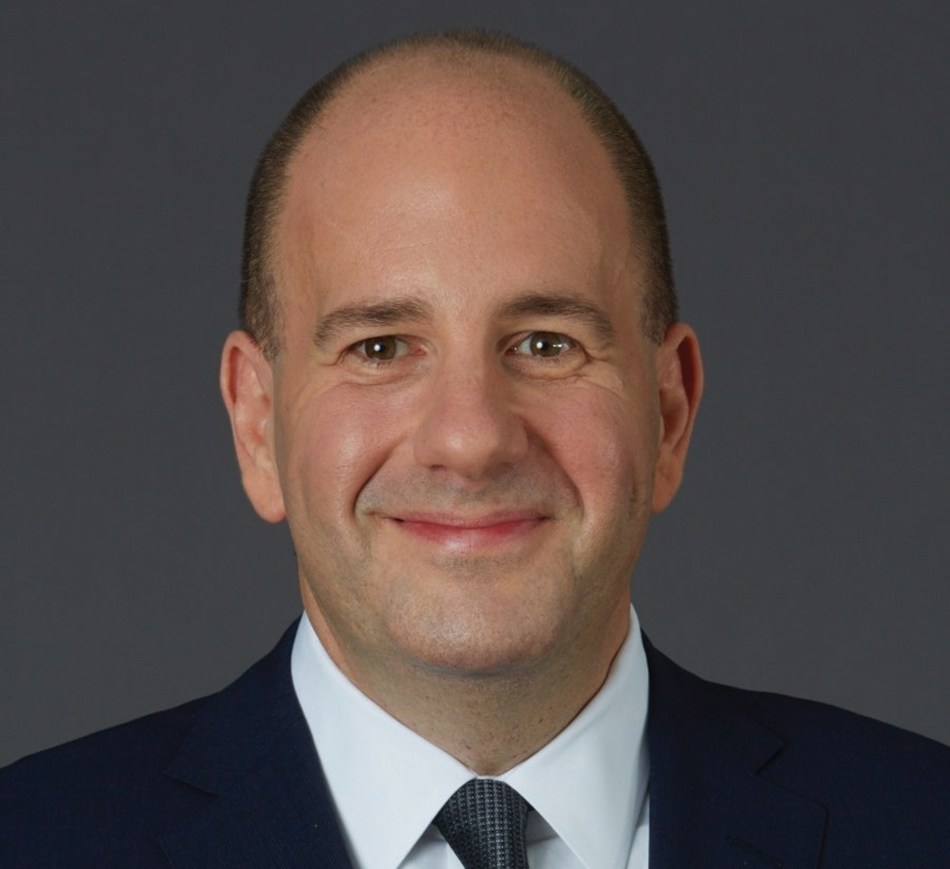
This year’s NewFronts feature some new presenters, including Roku, Snapchat, Tubi and TikTok. There will also be some new faces in new places. Kevin Mayer, who oversaw Disney Advertising Sales, is now CEO at TikTok, and Peter Naylor, long-time head of ad sales for Hulu, is now head of VP of sales, Americas, at Snap. TikTok and Snap were not prepared to make executives available to comment.
Speaking of Hulu, this year the streaming service is part of The Walt Disney Co., and its ad sales are being incorporated into Disney Ad Sales. Disney included Hulu in its upfront road show, but decided to do a presentation in the NewFronts as well.
“Hulu is a big part of what we’re going to be doing and driving Innovation within Disney Advertising going forward,” Disney Ad Sales president Rita Ferro said. “They established the ad-supported streaming business and marketplace, and so we thought it was important to have a position in the NewFront. They have the technology, the scale and the ad innovation that has really led the business.”
This year’s NewFront theme is “Insight, Inspiration and Transformation.” IAB president David Cohen said that most buyers want the presenters to get to the point, instead of building to a big reveal.
RELATED: Ad Buyers See 20% Spending Drop: IAB
“People are interested in solutions,” Cohen said. “They’re looking for answers and help with helping clients drive their business. But others are looking for inspiration. There are people in the marketplace doing really inspirational work, so let’s celebrate that.”
Having the NewFronts after the broadcasters’ upfront presentation shouldn’t hurt the streamers. “There is business that is being written now, and I know there is a whole host of business that is not going to be written until later in the year. So we do not believe that digital video streaming presenters will be disadvantaged by going a couple of weeks after the quote-unquote upfronts,” Cohen said.
Historically, media buyers have been slow to react as viewers have moved from broadcast to cable and from pay TV to streaming, said Cohen, himself a former top media buyer.
Adoption of digital video has been slowed by complexity in that there are many ways to buy the same ad inventory. There are measurement issues that prevent comparing TV and digital video on an apples-to-apples basis. There’s also a perception that digital video is more expensive than cable, although when targeting is taken into account, the effective rates are similar, Cohen said.
Given the present circumstances, “the data is very, very clear consumers are going there in droves and we should as marketers as well.”
Will marketers change tactics in the middle of a pandemic or will they stick to the safety of media with which they’re more familiar? The IAB meets with senior agency leaders and about three-quarters of them said COVID-19 was going to accelerate innovation, according to Cohen.
Digital Media Faring Better
“We have found that by and large, digital media is faring better than traditional media and programmatic is faring better than the direct-publisher business,” Cohen said.
The shift of viewers, and potentially ad revenue, toward streaming has led to the big media companies buying streamers. In addition to Disney controlling Hulu, ViacomCBS bought Pluto TV, Fox now owns Tubi and Comcast acquired Xumo.
“This is not happening by happenstance,” said Cohen, who figures eventually the upfronts and the NewFronts will meld into a kind of video front. “That will happen sooner rather than later,” he said.

Roku Talks Agility
Advertisers are seeking flexibility and OTT platform Roku is giving upfront buyers control and agility. Agility means the ability to adjust and adapt to individual brand needs based on when they need to register budgets and what sorts of options they might need,” said Dan Robbins, VP of ad marketing and partner solutions at Roku.
Roku is bringing a bunch of special offers to the upfront. Unlike some other digital video vendors, Roku is offering different prices for 15-second spots and 30-second spots. That’s something TV advertisers are used to and it’s helping them move more of their dollars over to streaming in this upfront, Robbins said.
Since many advertisers are turning to streaming to reach cord-cutters and others who don’t have pay TV, Roku is charging advertisers for only that incremental reach. It is also offering free creative services to upfront buyers and will help advertisers that have been using social media turn those ads into video 5- or 15-second commercials.
At a time when business conditions are unpredictable, Roku is letting advertisers running national campaigns opt out of certain ZIP codes if, for example, restaurants aren’t open in those areas.
It is also starting to offer interactivity, with overlays running on top of commercials. That would let an advertiser dynamically advertise a change in store hours, at no charge from Roku.
Roku is also being flexible about when full-year upfront deals will be struck and offer looser cancellation terms than traditional TV networks. For clients that want to commit more ad dollars, Roku is offering favorable expansion options and scatter terms, with the ability to shift between lines of business. For those that need agility, Roku is letting advertisers cancel buys with 14 days’ notice.
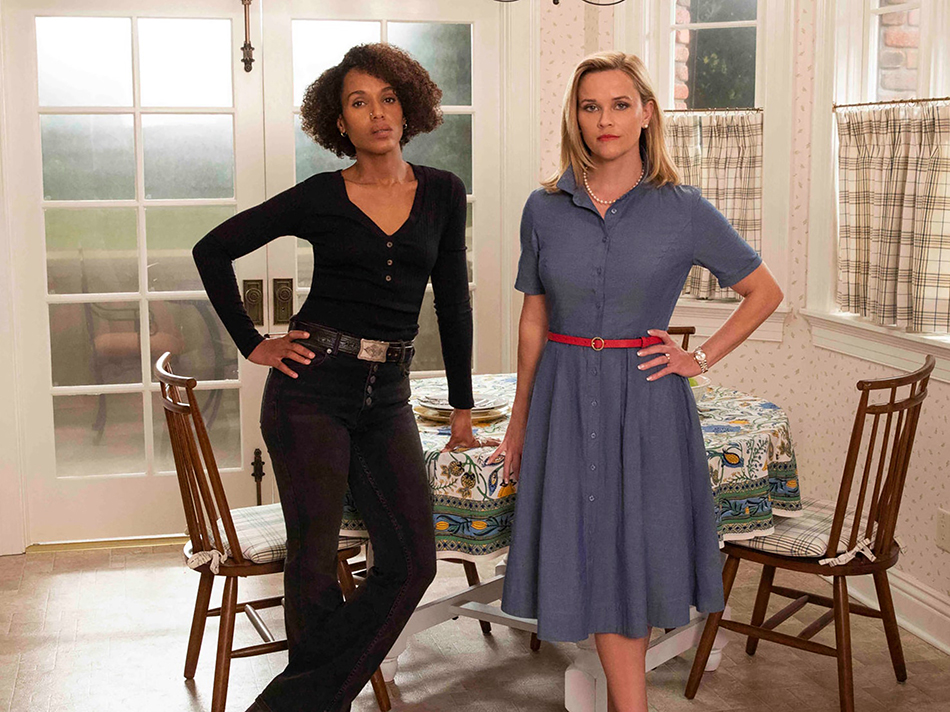
Hulu has gone through some changes since last year’s upfront. CEO Randy Freer and ad-sales chief Peter Naylor departed as Disney assumed control. New Hulu president Kelly Campbell will talk about how she is reimagining Hulu, Disney Ad Sales president Rita Ferro said. “It’s more of what they’ve done really well, plus a continued investment around technology and content to really drive the future of Hulu,” Ferro said.
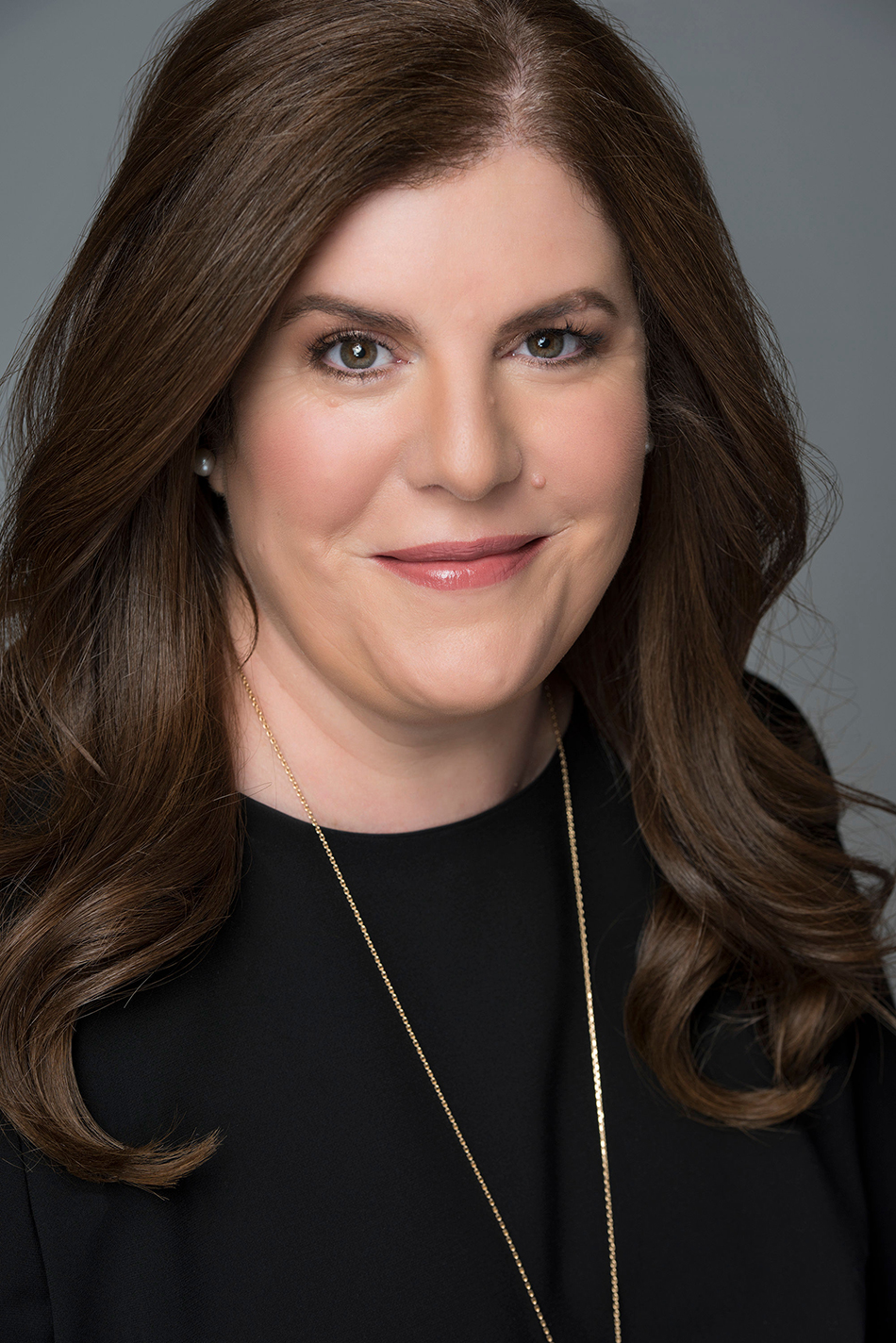
Ferro said Hulu will strike some of the same themes as Disney did during its upfront roadshow: culture, connections, creativity. Ad buyers will also get a look at Hulu Greenhouse, which “helps brands tell stories in the Hulu voice, using the data and technology of that platform to really enrich the storytelling and deliver the connections with audiences,” she said. The advertising part of Hulu Greenhouse is now part of Disney Creativeworks, which creates ads and branded content for Disney clients.
RELATED: Disney’s Ferro on This Year’s Market and the Upfront’s Future
Hulu will be playing a big role in driving innovation at Disney Advertising. “They established the ad-supported streaming business and marketplace,” Ferro said. Hulu offers low ad loads, gives viewers a choice of which ad they want to watch, has special ads that reward binge watchers and ads that come on when viewers pause watching a show.
“When you start looking at the ad innovation being rolled out by some of these new platforms, they’re all products that exist at Hulu,” she said.
“I think that will only get better as part of
Disney,” Ferro added.
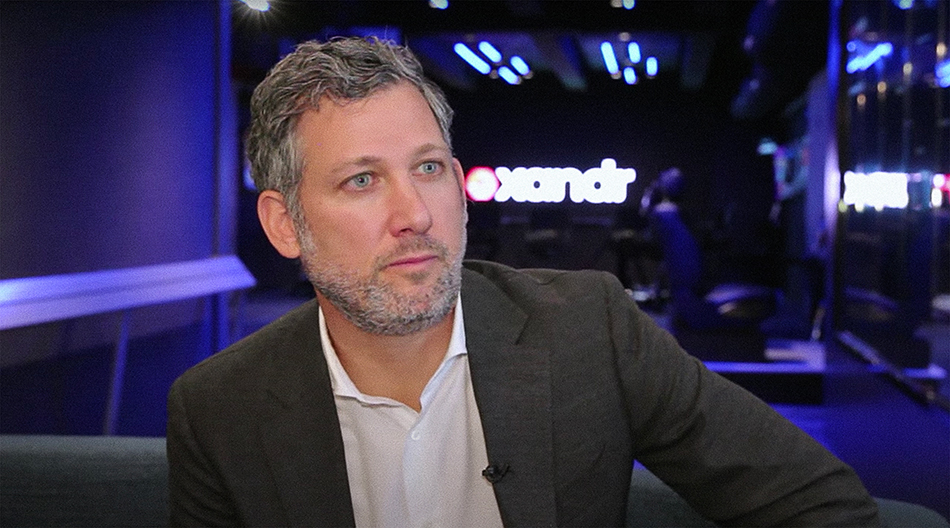
Xandr: Short and Sweet
Xandr was supposed to share an upfront with AT&T sibling WarnerMedia, and its appearance at the NewFronts will be a quick, 10-minute presentation.
“We have a lot of data,” said Jason Brown, chief revenue officer at Xandr. “We see a lot of activity across screens and so we’re going to bring forward a lot of this trend information.”
Brown said Xandr will talk about the rise of identity graphs and how they’re accelerating audience-based buying and planning.
“Even before COVID, the marketplace was pointed in the direction of an audience-first approach,” he said, pointing to the billions the agency holding companies paid to buy data companies like Acxiom and Epsilon.
“Our pitch has been very focused on applying the advanced segmentation that comes out of these planning tools for the benefit of brands so they can realize real-life outcomes across the full consumer journey,”
Brown said.
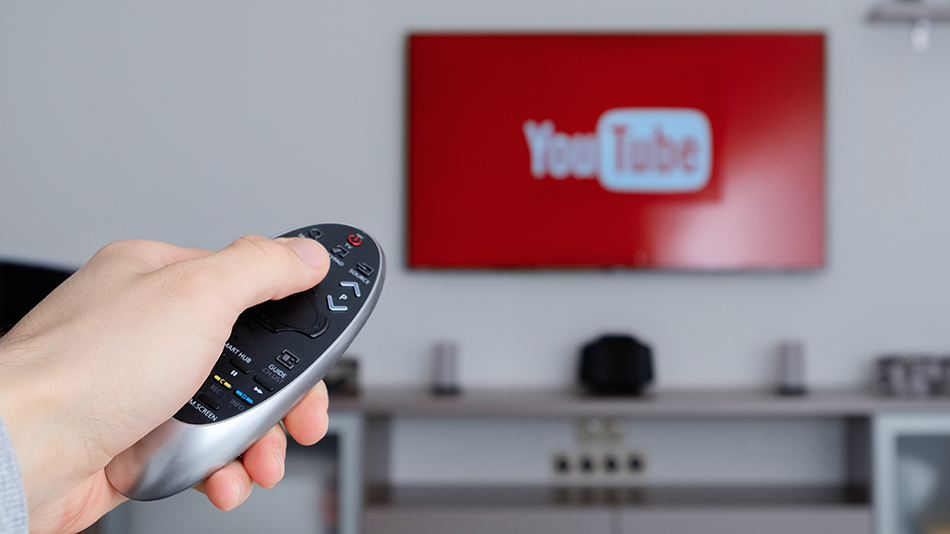
YouTube’s Customized Show
For its ninth NewFront, YouTube’s Brandcast will provide customized content to viewers watching the presentation at home. Attendees answered questions about music and celebrities, chose among the creators participating in the presentation — Emma Chamberlain, Dianna Cowern, Josh Gad and Patrick Starr — and even picked what kind of pizza they wanted to show up at their house.
Brian Albert, managing director, U.S. agency video, for Alphabet Inc.’s Google and YouTube, said customizing the presentation illustrated one of streaming’s main selling points: Content that relate to a viewers passion is three times more impactful than whether it has famous actors in it and almost two times as important as whether it has high production values.
The connected-TV boom has boosted the number of people watching YouTube on their TVs. The Google unit says 100 million people now watch YouTube on TV, with roughly two-thirds of them viewers brands can’t reach via TV.
While TV networks are struggling to get shows produced, YouTube’s creators are still able to upload new content every day, Albert said. As for Hollywood-type original programming on YouTube (like the recently canceled Cobra Kai, the Karate Kid sequel), if it’s not ready for the upfront, YouTube will sell it in scatter, he said.
YouTube is making it easier for advertisers to reach consumers via the big screen through a streaming package added to YouTube Select that includes inventory on the YouTube TV virtual MVPD. YouTube Select, which replaced Google Preferred, consists of the service’s top creators and most popular content.
“The other change we’re making is we’ve gotten feedback from clients that they’re not able to buy as much of our core lineup’s content as they’d like due to inventory constraints,” Albert said. To fix that, YouTube is adding a new tier called “emerging lineups” that features content in the same categories as YouTube Select, but features the next wave of creators and channels.
Will advertisers pay more to make sure their ads run on connected TVs? “That will be worked out deal by deal, TBD,” he said.
Jon has been business editor of Broadcasting+Cable since 2010. He focuses on revenue-generating activities, including advertising and distribution, as well as executive intrigue and merger and acquisition activity. Just about any story is fair game, if a dollar sign can make its way into the article. Before B+C, Jon covered the industry for TVWeek, Cable World, Electronic Media, Advertising Age and The New York Post. A native New Yorker, Jon is hiding in plain sight in the suburbs of Chicago.

